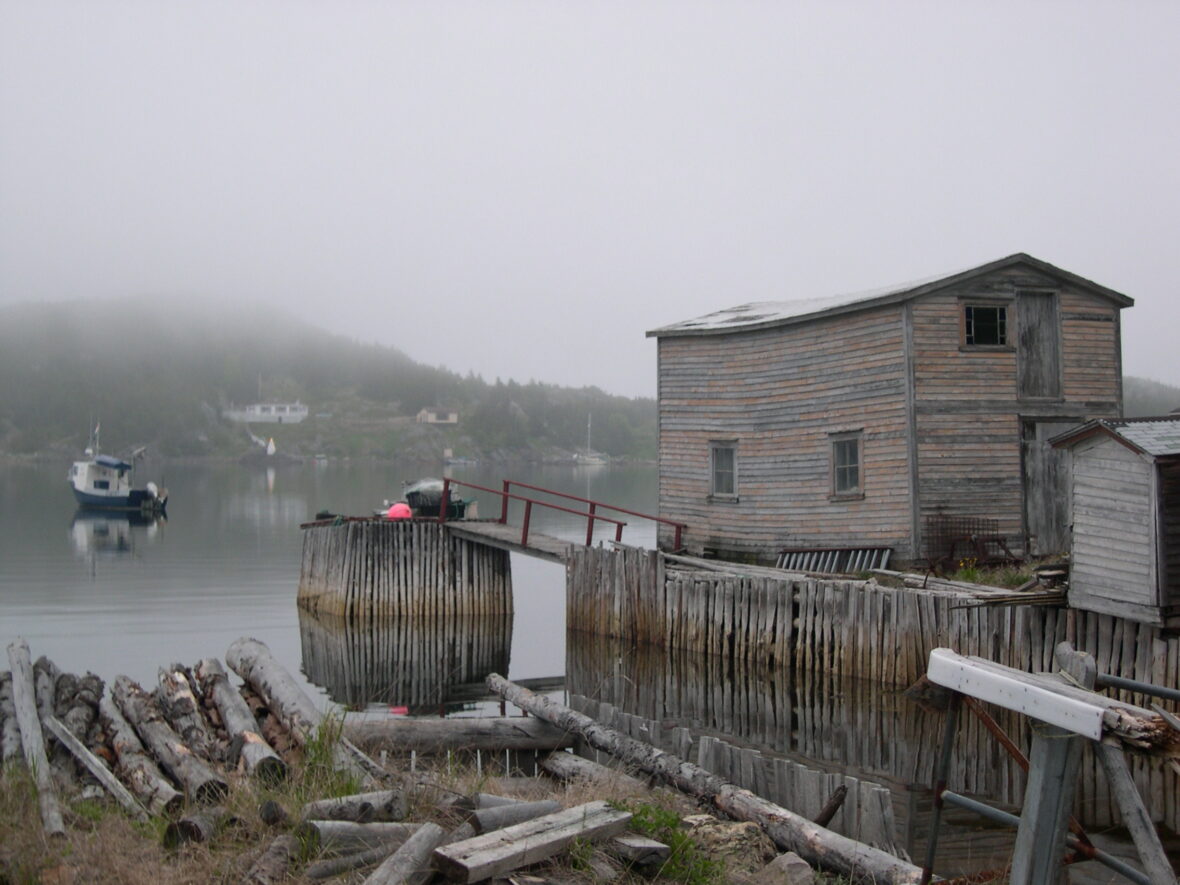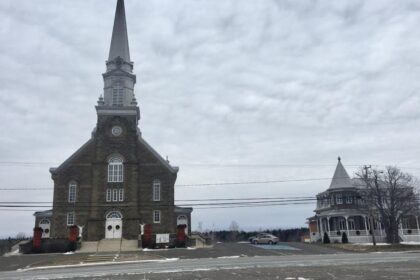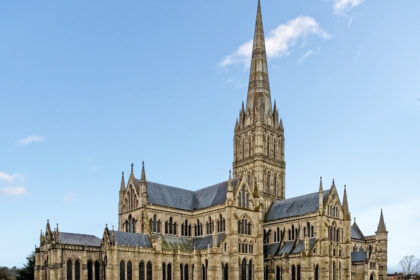Little Bay Islands is a vacant town in Newfoundland and Labrador, Canada. Take a look below for 25 awesome and amazing facts about Little Bay Islands, Newfoundland and Labrador, Canada.
1. It consists of Little Bay Island, Macks Island, Goat Island, Harbour Island, and Boatswain Tickle Island.
2. The highest mount is Campbell Hill, which is 125 metres (410 ft) high.
3. It is located in Notre Dame Bay, near Springdale.
4. In February 2019, the permanent residents voted to be relocated and nearly all of the 55 residents departed by late December 2019.
5. This was part of a relocation program operated by the provincial government for small communities that had become too expensive to service.

6. Property owners who were permanent residents were paid at least $250,000 in compensation for property they were leaving behind.
7. Two residents decided to stay, living off of the grid and installing solar panels and wireless internet.
8. A ferry, the MV Hazel McIsaac, served the island several times daily but was scheduled to be discontinued by 1 January 2020.
9. The two remaining residents broadcast the final departure on Facebook Live.
10. First settled in 1825, Little Bay Islands was once a thriving community of about 500 people but that declined substantially after the cod fishing moratorium.
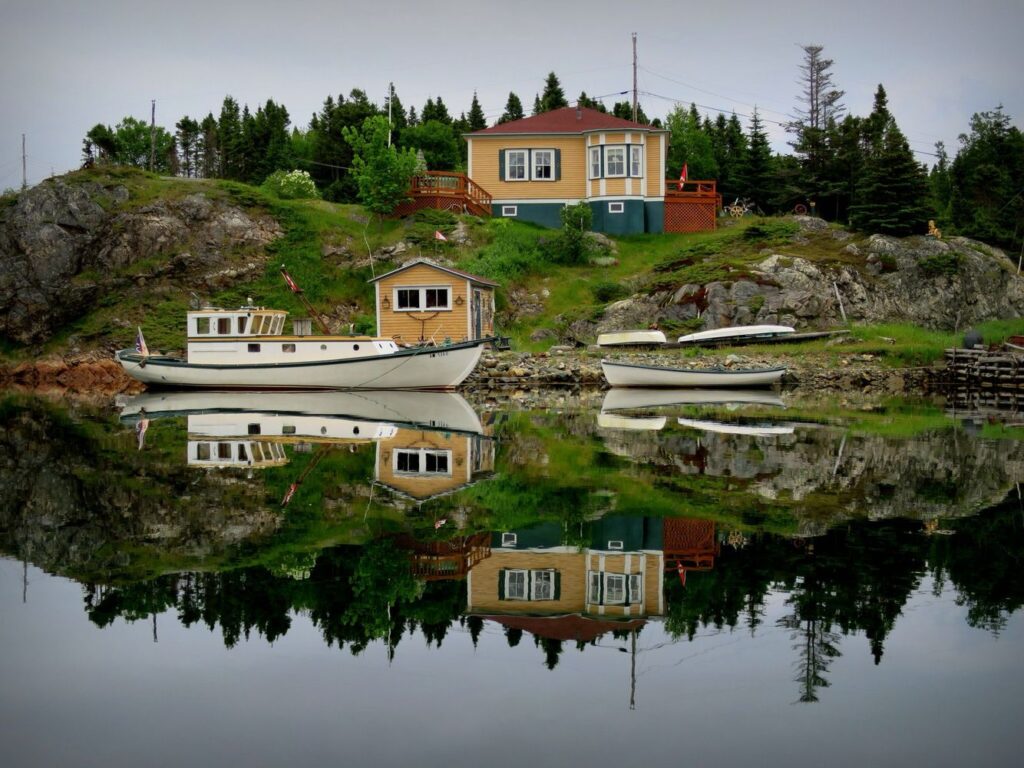
11. As of 2016 the town had a population of about 71 and was in rapid decline, down 27 percent from 2011.
12. The community had a school (until 2016 used by two children and their only teacher), fire station, two churches and a bed and breakfast.
13. The school and one of the churches had closed prior to the relocation.
14. The main employment source, a crab processing plant, had been closed since 2010, leaving the community with just three paying jobs by 2018 and mostly retirees.
15. While there was a bed and breakfast, in 2018, the only paid employees in winter were the postmaster and two janitors.
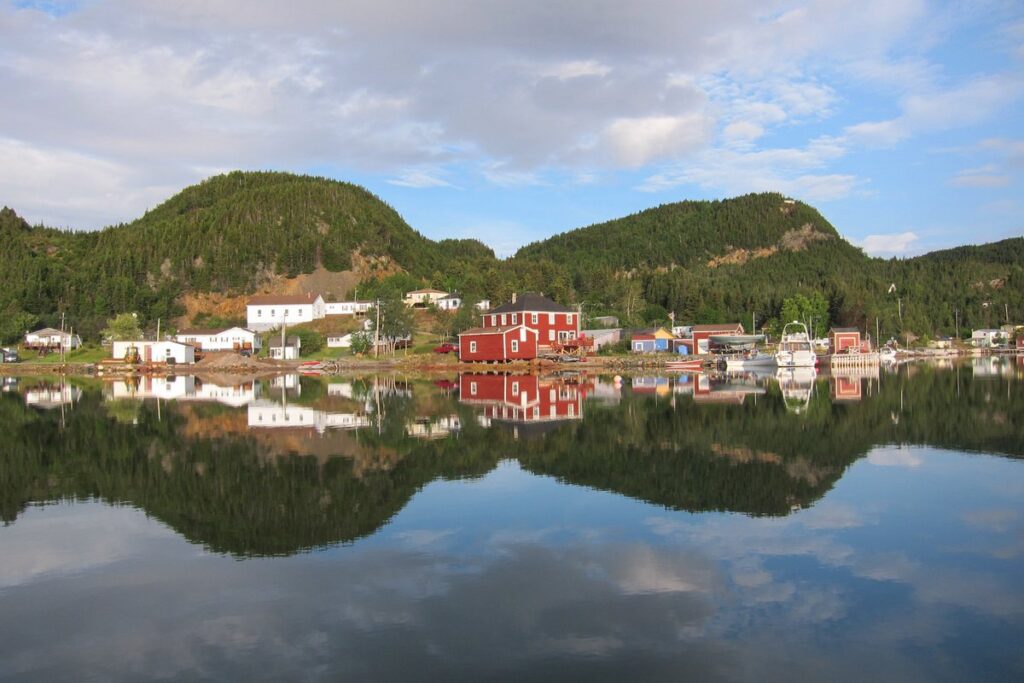
16. The final vote as to resettlement succeeded in 2019 after failed attempts to do so in 2011 and 2016.
17. The ferry service and hydro electricity service were scheduled to end on December 31, 2019.
18. Only two inhabitants, a couple, opted to stay on the island; others may return to live there in summer.
19. That will be permitted because residents were allowed to retain their homes, even after accepting compensation, but would receive no government services.
20. The provincial government explained the payments made to property owners in this manner: “The funding provided to eligible permanent residents is not intended to compensate for the value of their property. As such, persons with permanent residences outside the community do not require financial assistance to relocate”. The total paid was approximately $8.7 million.
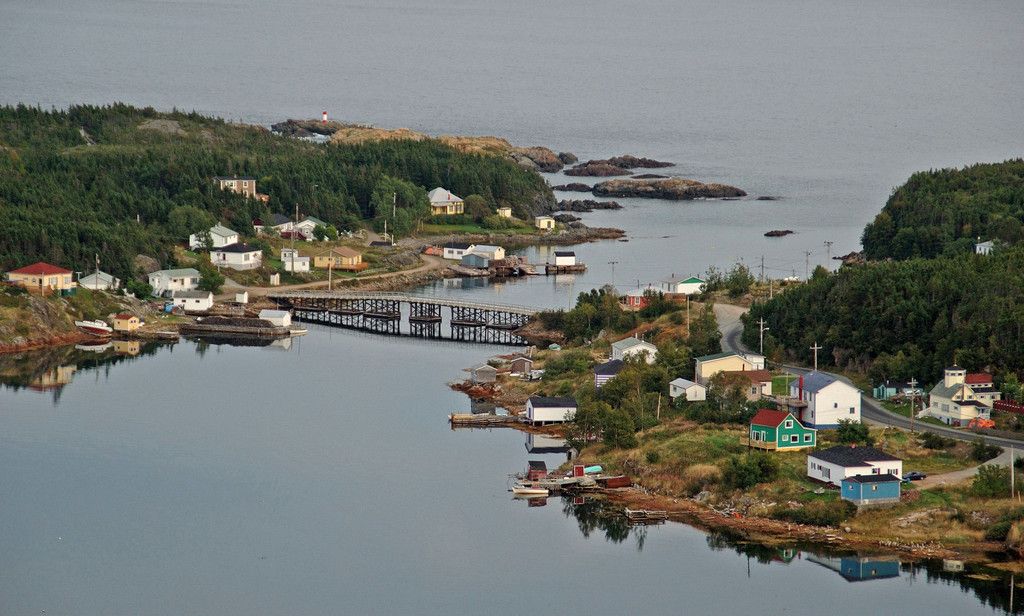
21. The government estimated that the relocation would save about $20 million over 20 years; a large portion of that amount is the savings produced by cancellation of the ferry service.
22. The province’s relocation program had saved about $30 million since it commenced in 2002.
23. A previous recentralization program, running from 1954 to 1975, resettled some 28,000 people from 300 remote locations.
24. The couple who had decided to remain year-round, Georgina and Michael Parsons, told the news media in autumn 2019 that they were prepared to live off the grid in their recently built home with a well to provide drinking water.
25. Power to the Islands was cut at 2:30 p.m. on 31 December 2019 and the last ferry left the dock after 5 p.m., an event recorded in a video clip by the Parsons.

